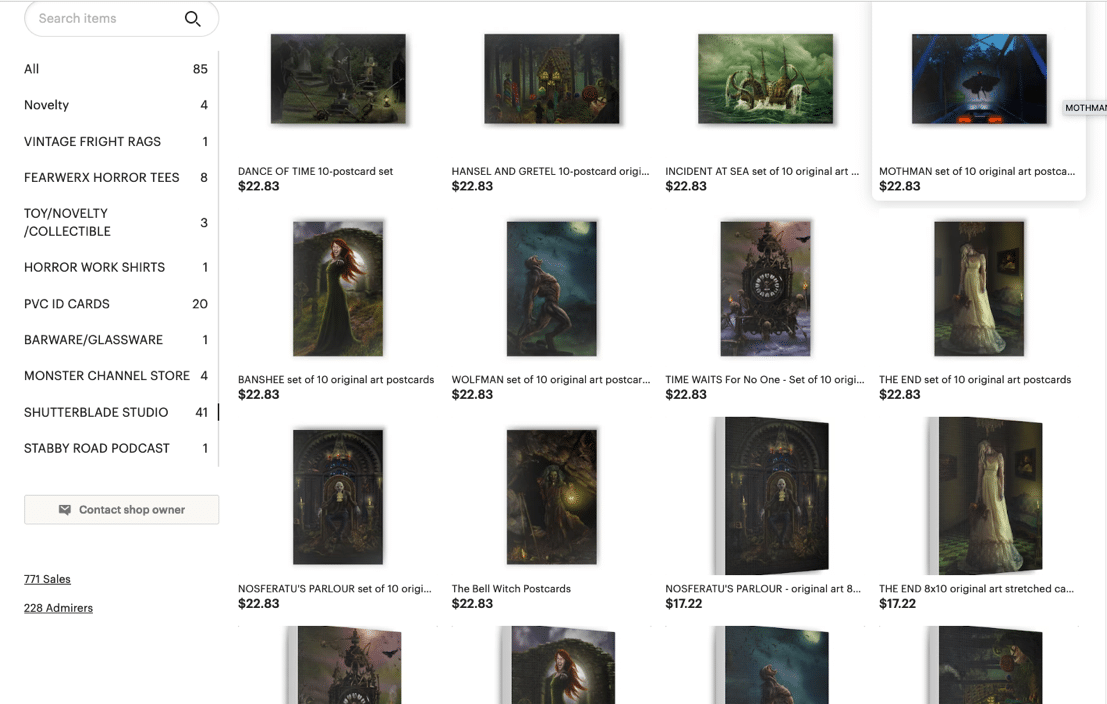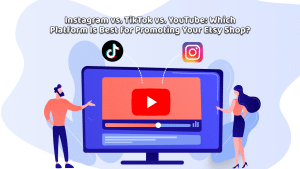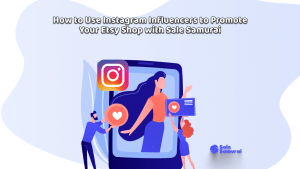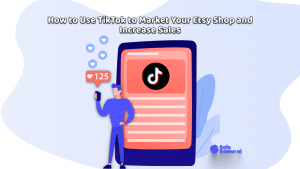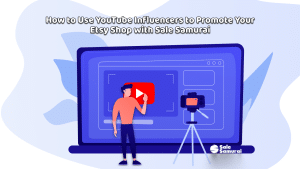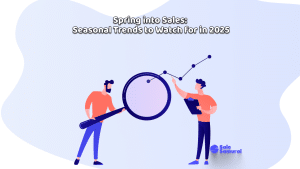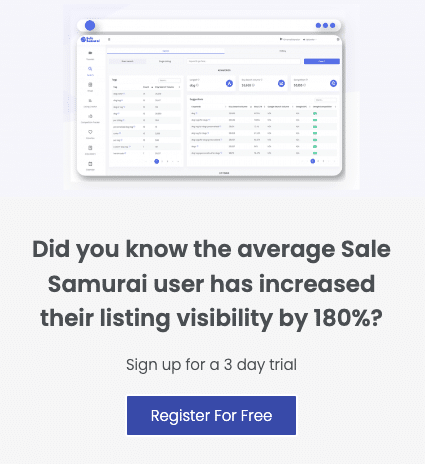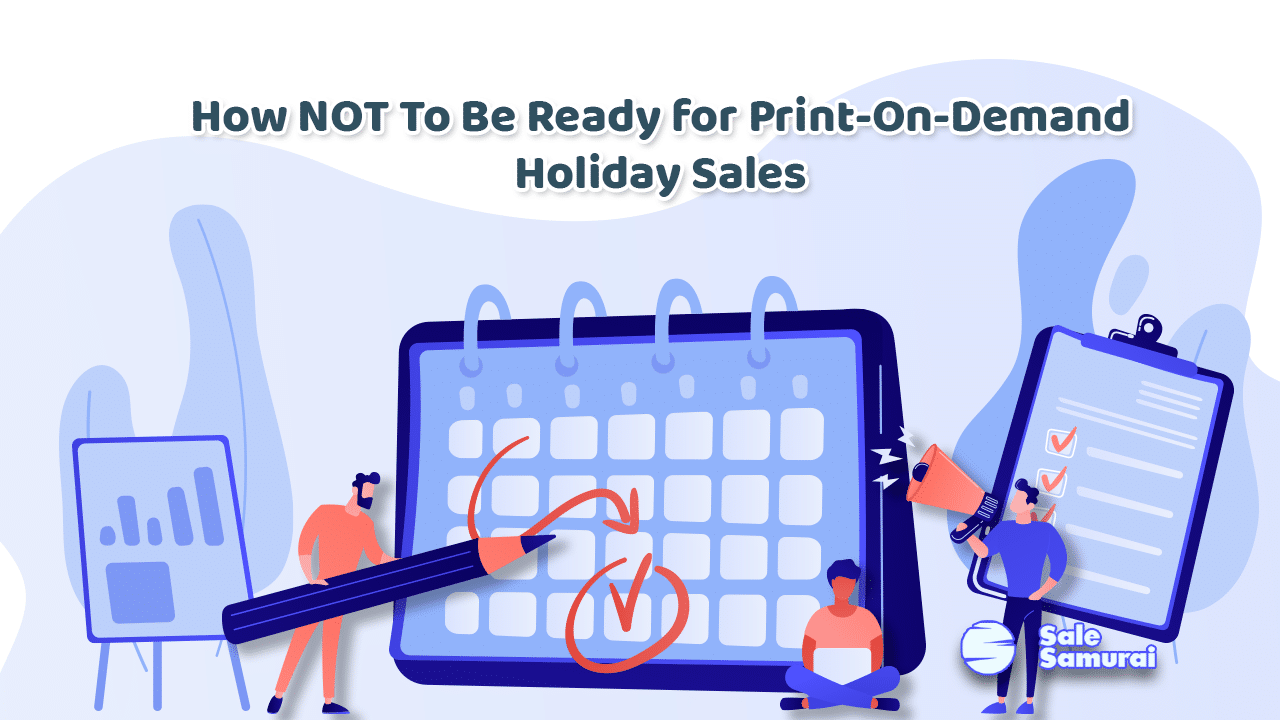
If you’ve noticed these last few months, we’ve been touting the advantages of Print-On-Demand to get your ideas fast-to-market. All the methods we recommended absolutely work – from a technical point of view. However, when the human element is involved, there are errors that can be made that can completely sink your plans.
Case in point: your humble writer.
If you haven’t read our work on print-on-demand and how many POD suppliers integrate seamlessly with Etsy, we’ll catch you up. If you already know how this works, skip the next paragraph.
Print-On-Demand allows you to fill your store with inventory that doesn’t exist until someone purchases it from your shop. Everything from apparel to blankets to accessories can be printed with your designs. Mockups are automatically generated by the POD shop and inserted directly into your listing. An interested customer places an order, the order goes directly to the POD shop who then prints and fulfills your order. The POD company gets paid, you get paid, the customer gets a unique gift.

That is, it works when you set it up properly. If not, you can be left with a shop stocked with great looking items that are either a) unnecessarily expensive and/or b) an incomplete and confusing listing.
How We Botched Our First “All POD” Sub-Store
This year, we decided to practice what we preached and open a “boutique artist sub-store” within our existing Etsy horror merchandise store (www.fearwerx.com). The artist, Leigh Davis, does incredibly macabre Photoshop illustrations (with no AI assistance!) under the name Shutterblade Studios. With no presence outside her own office, I only discovered Leigh’s work through her husband Evan, who co-hosts with her as “Halloween Jack” and “Halloween Jacqui” on one of my other projects, a humble streaming channel called The Monster Channel (pluggity-plug-plug: if you love old-school and independent horror films, trailers and commercials, stop over at www.themonsterchannel.com). I had told Evan and Leigh for years that her work needed to be seen, but neither of them knew where to start.
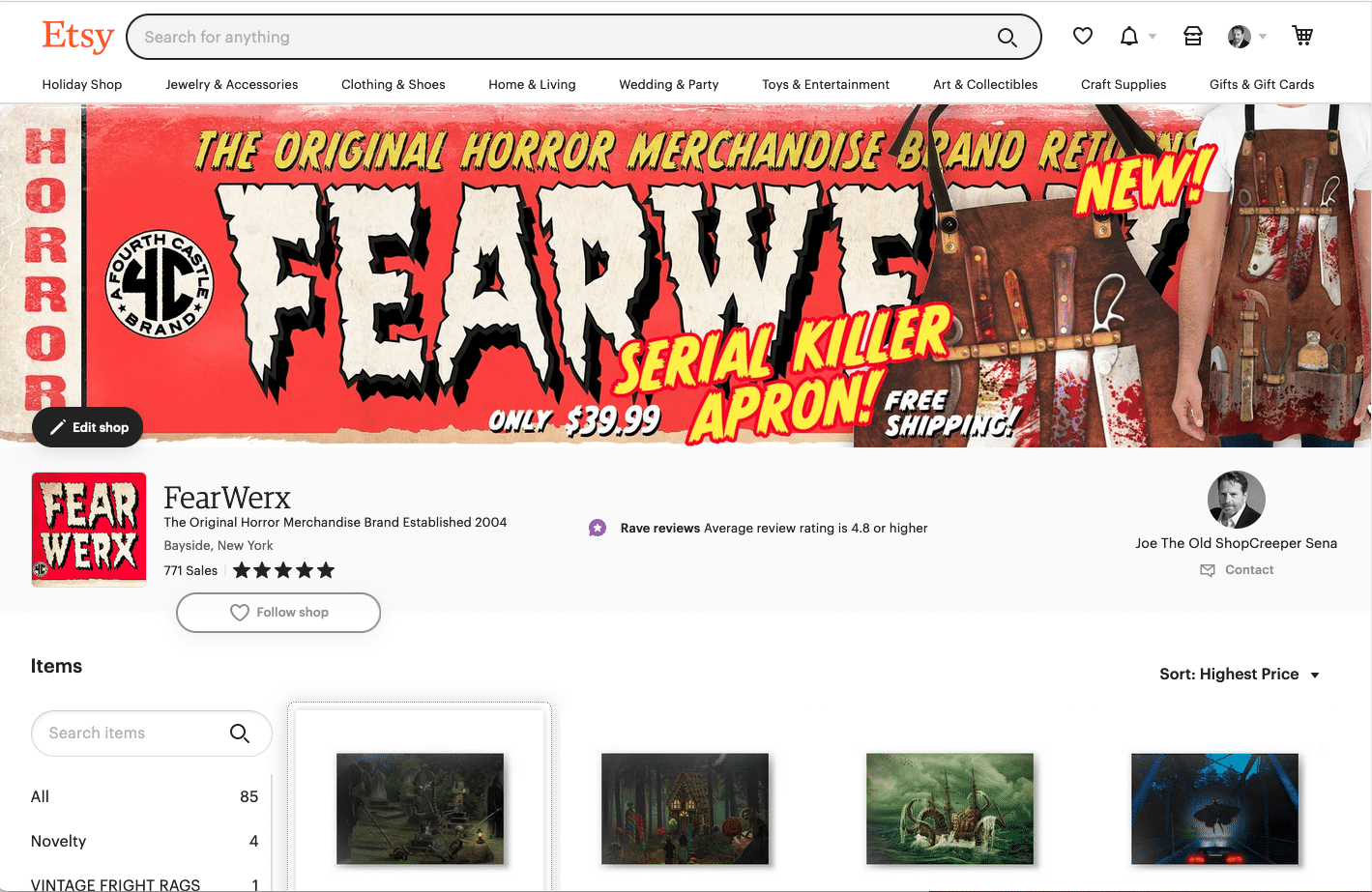
With enough experience in POD on my store, I suggested the sub-store idea and they both agreed. I sent them a link to Printify.com, my preferred POD manufacturer of choice. Leigh selected a number of items from the list, and I assigned my designer Alyssa to work with Leigh’s raw art files and see what products worked best. 5-6 items were selected, Leigh gave Alyssa about that many designs, and we were off to the races.
Would we have these ready by Black Friday? “No problem,” I assured Leigh.
Rule #1: Make Sure Your Art Is Print Ready
By now, if you haven’t read our piece on RBG color (screen) vs. CMYK color (print) on our sister website, go do it now. We’ll wait.
Never having put her work outside her own computer screen, Leigh worked in an RGB color environment, where colors are more vibrant and the subtleties of the darker tones were clearer. Once Alyssa had the files, they all needed to be converted to CMYK, which by nature dulls the vibrance.
For a solid week, Alyssa brought the native files into Photoshop, converted them to CMYK and then painstakingly reworked the balances to bring out the colors and get closer to what Leigh intended when she initially designed them. Even so, this was a bit of a rushed effort, so the result was still not 100%.
However, we did have Leigh’s art ready to print and therefore it was time to apply them to the products Leigh selected.
Rule #2: Make Sure Your Art is Flexible Enough For Multiple Products


Once Alyssa started to apply the art to the product selections, she noticed that substantial parts of some of the art would get cut off on the products.
For example, the iPhone case. Several of Leigh’s pieces were in landscape orientation and had critical parts all over the frame. Her piece “Dance of Time” shows skeletons whooping it up in a cemetery, joined by the Grim Reaper himself. Unfortunately, when applying the piece to a slim, portrait-oriented product like the iPhone case, only a portion of the work could be used – all skeleton, no Reaper.
Now, an argument can be made that this could become TWO items, with half of the work on one item, and the remainder on another one. I would reply, “That’s a great argument. Wish you told me that in October, when we started this thing.”
Here’s a tip, and an oldster like me should have noticed this before we went further: Lay out the critical parts of your design so that it can be used within both landscape and portrait. Magazine/comic book artists do this when designing covers – they ensure there is ample space for the title of the publication, any headlines, exclamation copy, etc.
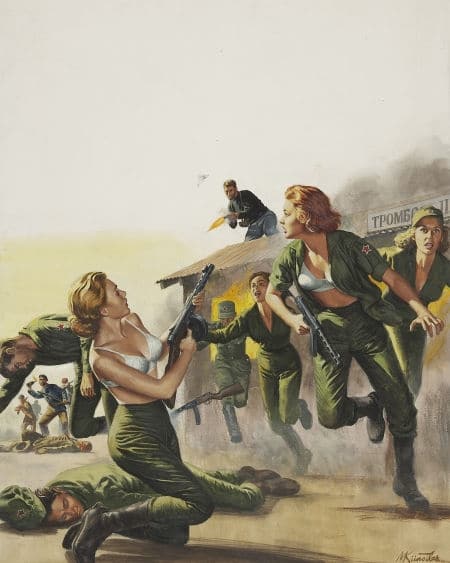
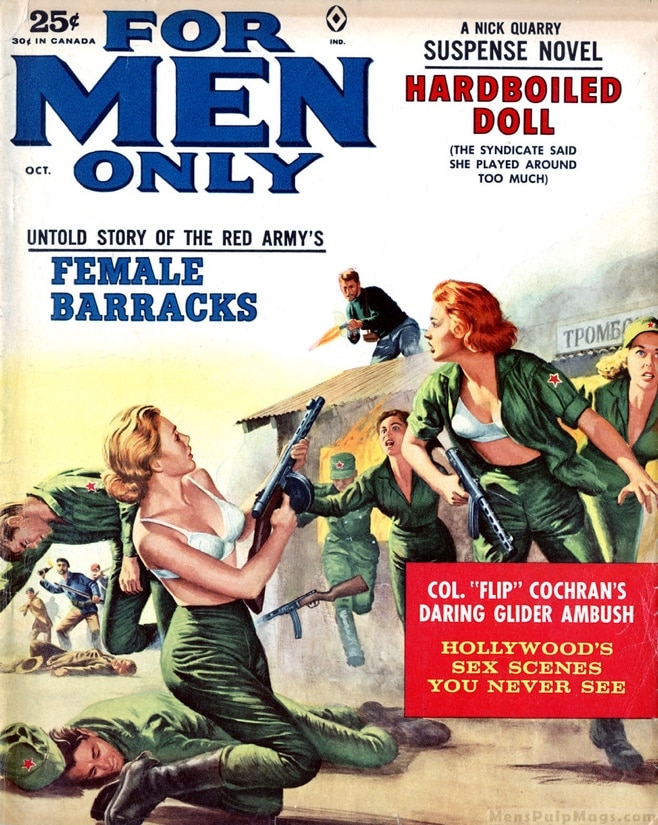
Of course, Leigh didn’t know this, nor was Alyssa expecting the art not to be “print ready.” No-one was in error here except yours truly for focusing on speed-to-market versus accuracy. A freshman mistake and another sign of aging on my part.
Rule #3: Choose a Provider NOT Located on the Other Side of the World

One of the best things about Printify.com is that they are a network of POD providers located all over the world. This is so that Etsy shop owners can offer items for international customers without having to charge exorbitant shipping fees. If a person is located in the UK (which is already fraught with Brexit-created shipping issues), you could have the product printed and fulfilled within that territory and the customer would only pay a nominal domestic mail charge.
However, that’s not going to help you if 99.9% of your business comes from the United States.
Why is this an issue? Because Printify demonstrates goodwill to all their partners by offering them all as solutions for a particular product – however, sometimes a partner who may not be a good fit appears as the first or default selection when making your choice.
When giving the assignment to create the listings in Printify, I completely neglected to warn Alyssa about this. As anyone would naturally do, Alyssa selected the first provider on the list. So, our iPhone cases are currently selected to be printed in the UK, and therefore shipping charges o the US would be exorbitant.
Unlike many other functions on Printify and Etsy, switching providers for a published listing is not a simple check box. The selection is made at the earliest phases of the listing creation process. As a result, the entire product listings for most of the products will need to be redone from scratch.
We Launched, But We Didn’t Hit Our Mark
Thankfully, Leigh is thrilled to see her work being distributed and is allowing us the time to work out these issues (because Black Friday was already weeks ago) so the products are much more affordable for US customers.
Did we launch on Black Friday? Yes. Have we had a single sale? No. mostly because of Rule #3. However, we do have several dozen listings up and live, in a total of 36 man-hours. Had we not overlooked or forgotten any of the rules above, all those items would be selling.
Our hope is that you, dear reader, will learn from our mistake and take comfort in the knowledge that even seasoned professionals like myself still make them.
Happy Holidays!
